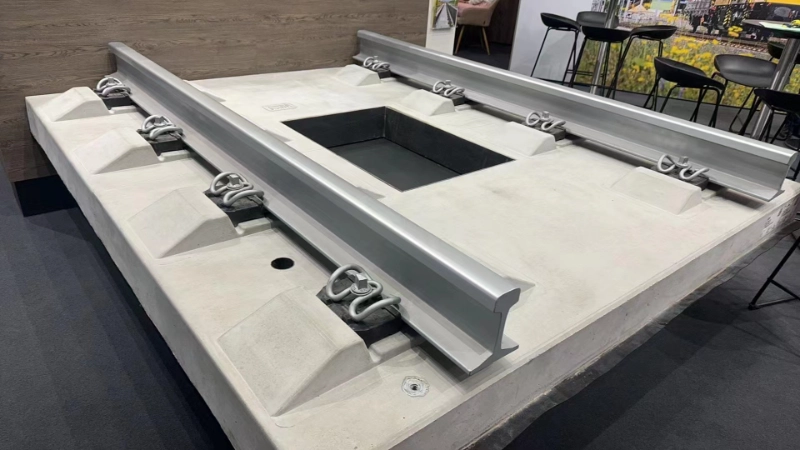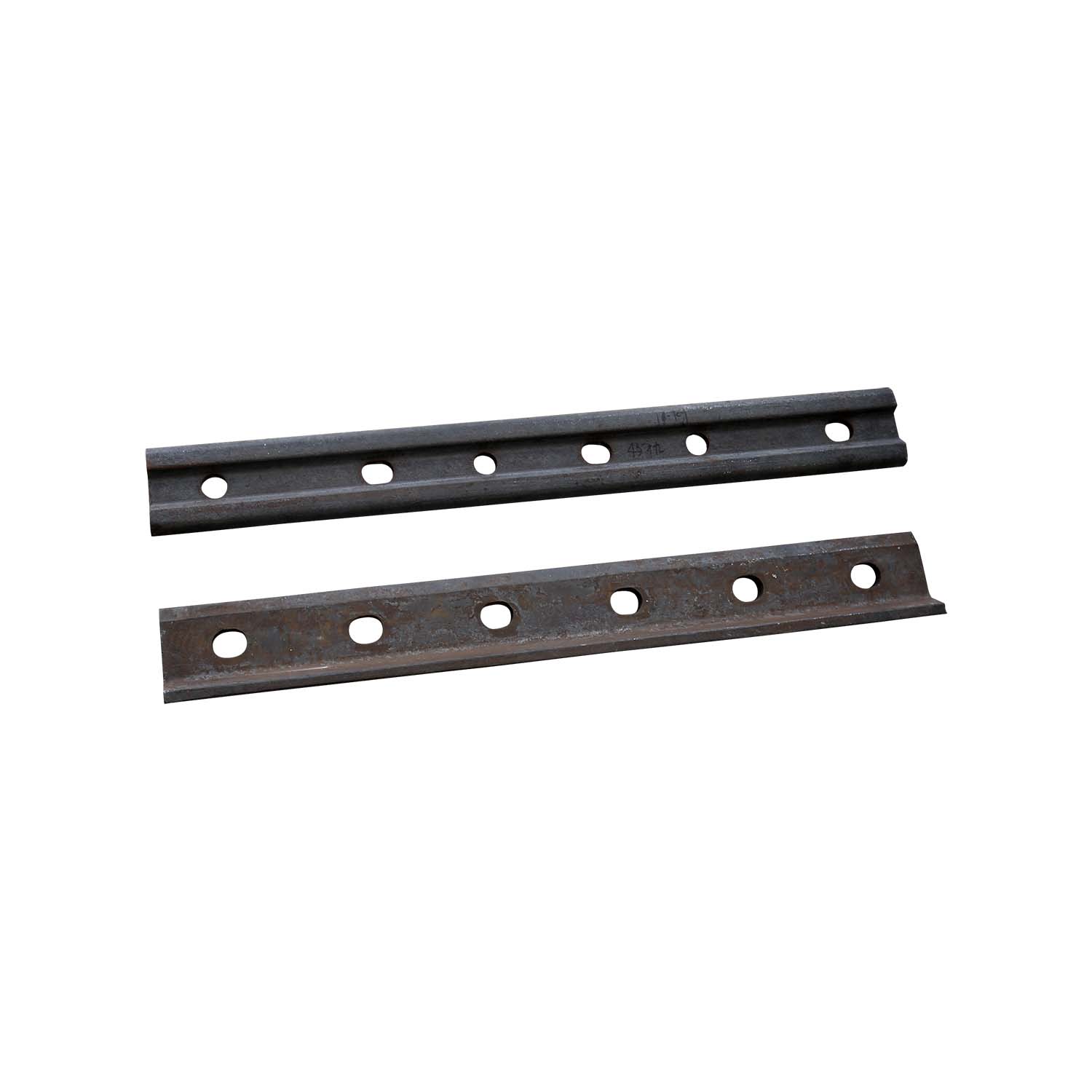- This topic is empty.
-
AuthorPosts
-
2025-05-26 at 5:47 pm #3535
Railway tracks are the backbone of modern transportation systems, facilitating the movement of goods and people across vast distances. One often overlooked yet crucial component of railway infrastructure is the joint bar fish plate. These seemingly simple metal plates play a vital role in maintaining the structural integrity and longevity of rail tracks. In this blog, we will delve into the multifaceted role of joint bar fish plates, exploring their functions, types, and impact on railway safety and efficiency.
Understanding Joint Bar Fish Plates
Joint bar fish plates, also known as splice bars or rail joints, are steel plates used to connect two rail ends together. They are typically bolted onto the web of the rails, ensuring a secure and stable connection. The primary function of fish plates is to distribute the weight of trains evenly across the rail joints, which are potential weak points in the track structure. By doing so, they prevent localized stress that could lead to failures or derailments, thereby enhancing the overall safety and reliability of the railway system.

Types of Fish Plates and Their Applications
Fish plates come in various types, each designed to meet specific requirements of different railway applications. The most common types include:
1. Standard Fish Plates: These are used for general applications where rails of the same size and profile are being joined. They are typically made from medium or high carbon steel and provide robust connections for high-traffic areas.
2. Compromise Joint Fish Plates: These are engineered to join rails of different sizes or profiles, ensuring smooth transitions between rail sections. They are essential in maintaining track alignment and reducing wear on rolling stock.
3. Insulated Fish Plates: Made from insulating materials such as fiberglass or composite materials, these plates prevent electrical current flow between adjoining rail segments. They are crucial in electrified railway systems and those with signaling systems.
4. Vibration-Damping Fish Plates: Used in urban transit systems and railways with strict noise control requirements, these plates reduce vibrations and noise, improving passenger comfort.
5. Frozen Joint Fish Plates: Designed to secure rail joints and minimize movement or deformation, they are essential in high-speed rail applications.
Enhancing Track Integrity
The structural integrity of railway tracks is paramount for safe and efficient operations. Fish plates play a significant role in maintaining this integrity by ensuring that rail connections are secure and stable. Properly installed fish plates prevent misalignments and gaps between rails, reducing the risk of derailments. Additionally, they help distribute the dynamic loads imposed by moving trains, preventing excessive wear and tear on the rails.

Accommodating Thermal Expansion
Rail tracks are subject to thermal expansion and contraction due to temperature changes. Fish plates, unlike continuously welded rails, allow for some flexibility at the joints. This flexibility is crucial for accommodating thermal movements, thereby reducing stress on the rails and preventing buckling or breaking. This feature is particularly important in regions with significant temperature variations.
Facilitating Maintenance and Repairs
Fish plates also simplify the maintenance and repair of railway tracks. They can be easily removed and replaced without extensive disruption to the rail infrastructure. This ease of maintenance ensures that rail joints can be quickly inspected, repaired, or replaced as needed, minimizing downtime and ensuring continuous operation of rail services.
Impact on Longevity
The longevity of railway tracks is directly influenced by the quality and durability of the components used. Fish plates, made from high-quality steel or composite materials, are designed to withstand heavy loads and harsh environmental conditions. Their ability to distribute stress evenly and resist wear over time contributes to the extended lifespan of the rail tracks. Additionally, the use of insulated fish plates in electrified systems helps prevent electrical corrosion, further enhancing the durability of the tracks.

Conclusion
Joint bar fish plates are indispensable components of railway infrastructure. They play a multifaceted role in maintaining the structural integrity and longevity of rail tracks by providing secure connections, distributing loads evenly, accommodating thermal movements, and facilitating maintenance. As railway technology continues to evolve, innovations in fish plate design and materials will further enhance their performance and durability. By understanding the importance of fish plates, railway operators and engineers can ensure the safe, efficient, and long-lasting operation of rail networks.
Enhancing Rail Connectivity: Top 5 Features to Look for in High-Quality Joint Bar Fish Plates
http://www.hbrailwayfastening.com
Suzhou HuiBo Railway Fastener Co.,Ltd. -
AuthorPosts
- You must be logged in to reply to this topic.
